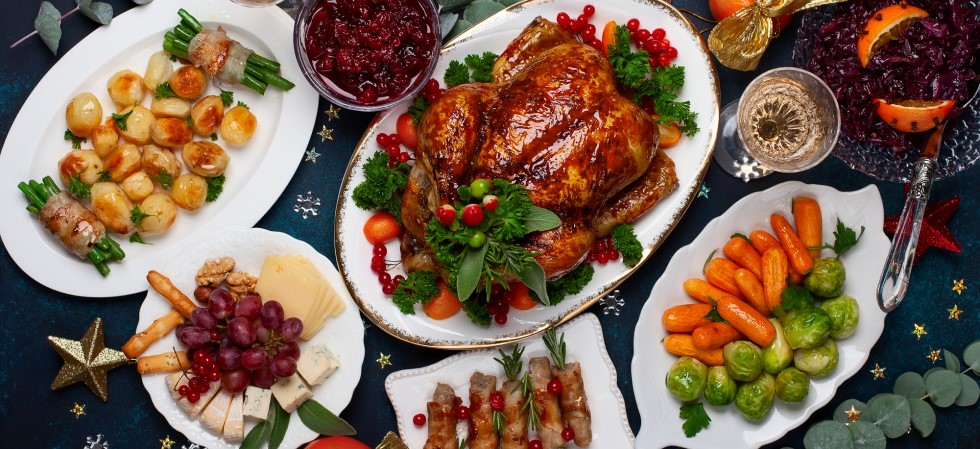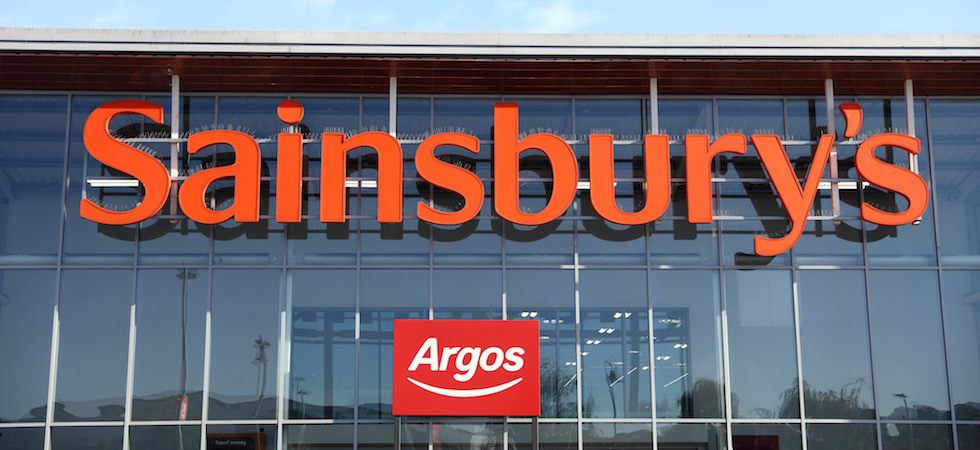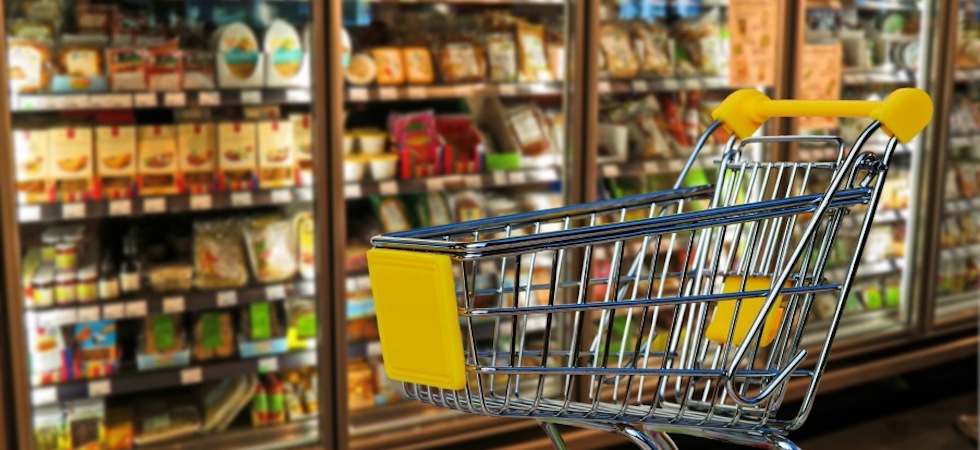UK supermarkets saw their highest level of transactions in December since 2019, according to data from Kantar.
Customers made 488 million trips to the supermarkets over the four weeks to 24th December, a total of 12 million more than last year and the largest number at Christmas since before the pandemic.
Grocery price inflation fell to 6.7% in December, its lowest level since April 2022, but Kantar said that many consumers still “felt the pinch.”
The data showed that a record £13.7 billion passed through supermarket tills, with the average household spending £477 over the month, an increase of £28 on 2022 and an all-time high. Total take-home grocery sales grew in value by 7%, while the number of items purchased rose by 2%.
Fraser McKevitt, head of retail and consumer insight at Kantar, said: “As we expected, this Christmas was a whopper. Friday 22nd December turned out to be the most popular shopping day, when just over 25 million trips were made and consumers spent £803 million in physical stores – that’s 85% more than the average Friday in 2023. Online’s share of the market held steady at 11.6%, as nearly one in five households got a delivery in for the big day.”
McKevitt continued: “The rate of inflation is coming down at the fastest pace we have ever recorded, but consumers are still facing pretty hefty pressures on their budgets. Retailers were clearly working hard during the festive period to offer best value and win over shoppers, and promotions were central to their strategy. Nearly one third of all spend in the four weeks to Christmas Eve was made on items with some kind of offer, the highest level since December 2020 and £823 million more than last year.”
Consumers stick to traditional Christmas dinner
The Kantar data showed that consumers had a “strong appetite” for the traditional Christmas dinner this year, with volumes of parsnips, sprouts and potatoes up 12%, 9% and 8% respectively. Chilled gravy volumes were up 11%, and festive meats including pigs in blankets, sausages, hams and turkeys were up 6% collectively.
This report comes as a survey by customer analytics group Strat7 into changing Christmas traditions among 2,000 UK adults found that 25% of UK adults planned to scale back their Christmas meal in 2023 due to financial pressures. Around 9% of UK adults intended to provide smaller servings, while 14% expected guests to contribute to the cost of the celebrations.

The survey showed that 18% of consumers chose to incorporate international cuisines such as Indian or Chinese food into their meal, while 18% of those who have dietary preferences or requirements preferred to bring their own dishes to Christmas dinner.
Commenting on the Kantar figures, McKevitt said: “We’re creatures of habit when it comes to Christmas and our data shows that the classic festive plate remains much the same. However, mince pies and Christmas puddings did buck the trend. They were less popular this year, with volumes falling by 4% and 7% respectively, but that isn’t to say we’ve lost our sweet tooth. Fresh cream was up by 5% across the month, so dessert was still very much on the menu.”
Retailers reported strong Christmas performance
A combined market share of 70% was recorded between Tesco, Sainsbury’s, Asda, Morrisons and Waitrose in the 12 weeks to 24th December.
“The traditional retailers always tend to do well in the run up to Christmas and this year was no exception. Supermarkets saw especially strong performances for their own-label lines, with sales of premium ranges like Sainsbury’s Taste the Difference and Tesco Finest surging by 11.9% compared with last year to hit £790 million – accounting for 5.7% of all grocery sales. Branded sales rose by 6% during the same period,” said McKevitt.
According to the data, Sainsbury’s reached its highest market share since December 2020 at 15.8%, increasing its sales by 9.3%. Tesco gained 0.1% of the market share, increasing sales by 7.5% and now holding 27.6% of the market.

Lidl and Aldi continue to be the fastest growing grocers year on year and the discounters hit their highest ever market shares for the Christmas period. Lidl increased sales by 13.8%, and its market share rose by 0.5% to 7.7%. Aldi saw growth of 9.9%, increasing its market share by 0.2% to reach a total of 9.3%.
Co-op’s market share reached 5.4%, a 3.8% increase since last year. Waitrose held 4.6% of the market following a 1% rise during the 12-week period. Iceland’s sales increased by 2.9%, with its market share at 2.4%, while Asda accelerated sales growth to 3.4% to take 13.6% of the market. Spending at Morrisons increased by 3.2%, with its market share now standing at 8.8%.
Online purchases grew slightly ahead of the market during the four weeks to 24th December when compared to the same period in 2022, up by 7.5%. Spending at online-only retailer Ocado grew by 5.5%, though its share of the market remained at 1.7%.









